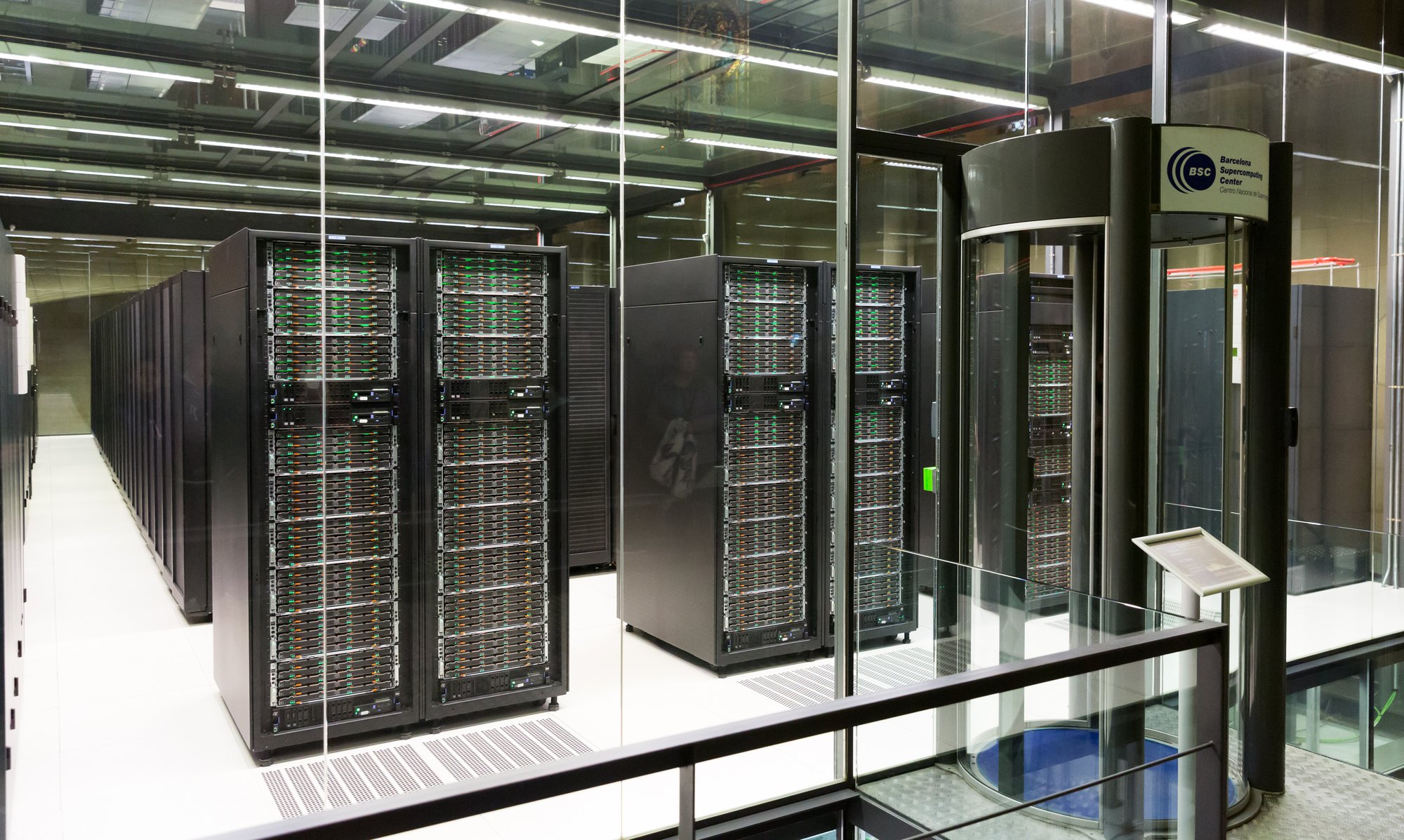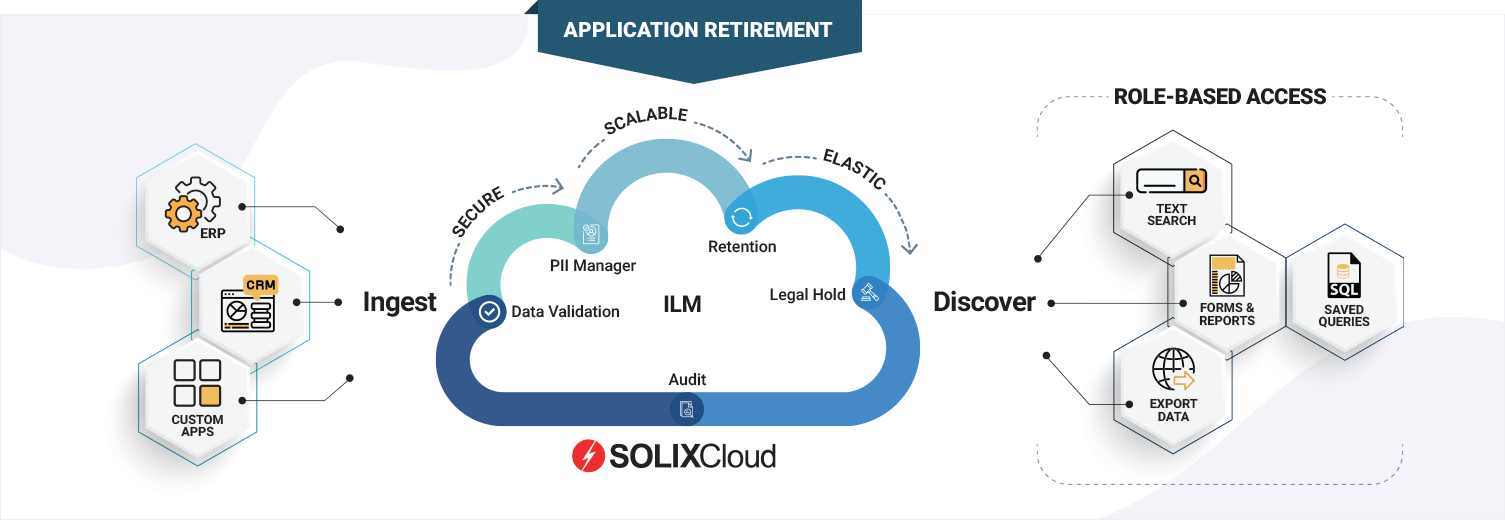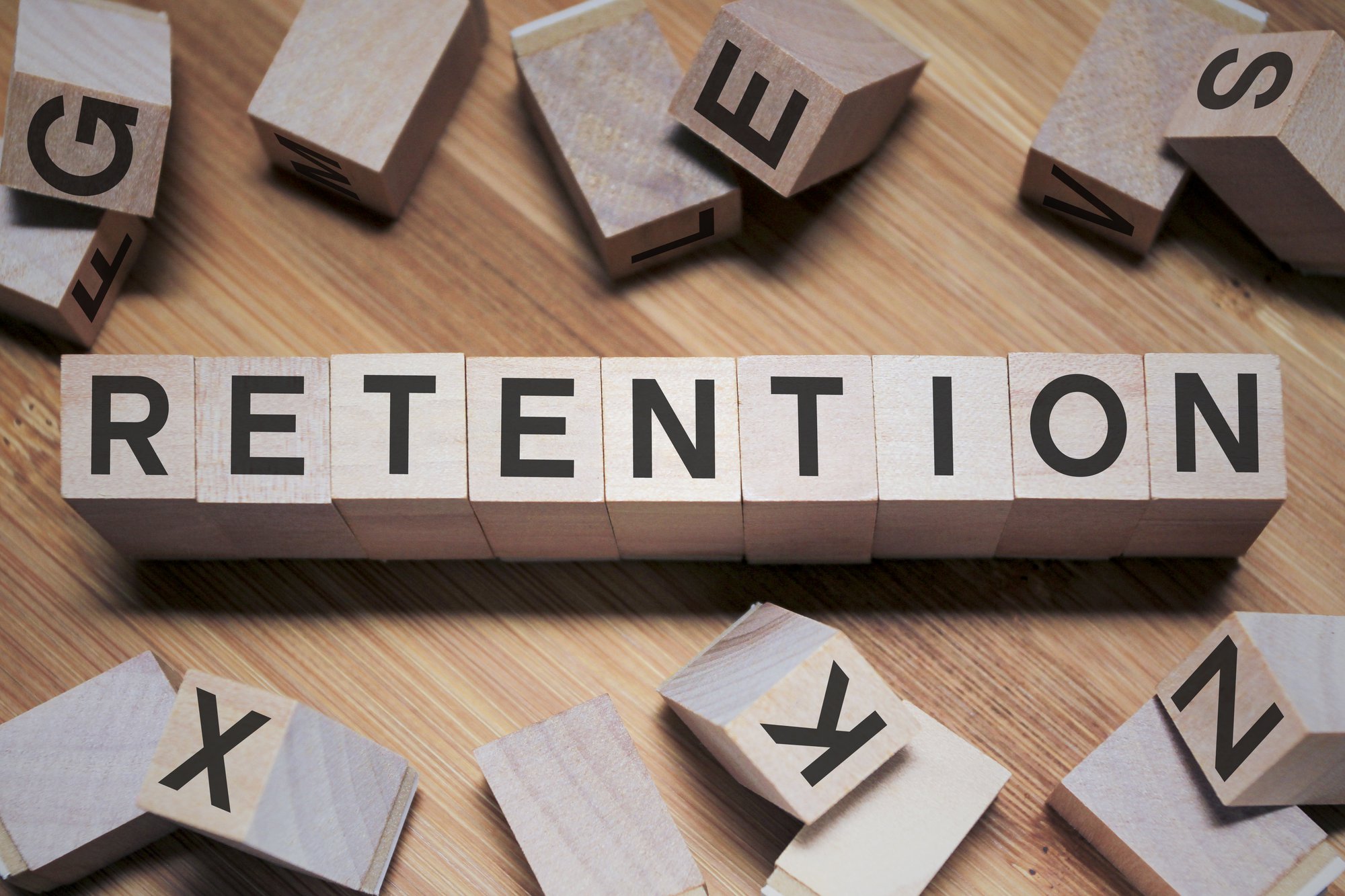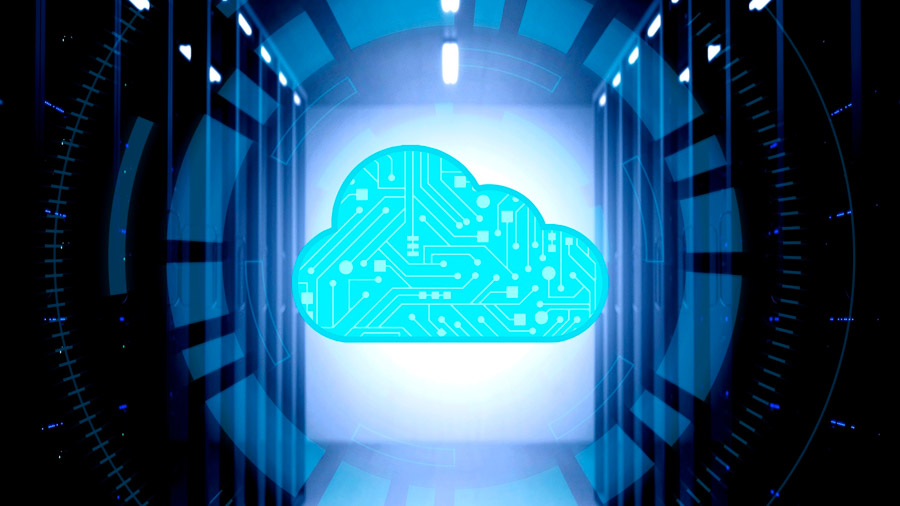
Mainframe Modernization: Why Do You Need It? And How Can Archiving Legacy Mainframe Applications Help?
It’s time to modernize mainframe applications. SOLIXCloud Data Archiving and Application Retirement can help
The advancements in cloud, web technologies, and application architectures have ushered in a new era focused on the end users—the decentralized potential of this new computing technology advances us leaps and bounds beyond the capabilities of archaic legacy mainframe applications. But despite this, mainframe computing persists to this day. In fact, one recent IBM survey found 71% of executives say mainframe-based applications are central to their business strategy.
These mainframes have significant drawbacks and are outdated, yet many companies are just beginning to re-engineer or replace their systems. This is because transitioning the foundation of their computing systems to modern technologies presents significant challenges, notably in disrupting their current operations. There’s also the fear of losing access to historical data for business reporting and regulatory requirements.
Understanding Mainframe Applications
Despite the introduction of the cloud and modern technologies, mainframe applications are still a critical component of the IT landscape. According to the 2022 Mainframe Modernization Business Barometer Report, as of 2020, 44 of the 50 top banks—as well as the 10 top insurers—still use mainframes. The same report shows most survey respondents’ mainframes run on legacy languages, with COBOL coming first at 42%.
Clearly, government agencies, financial services, healthcare, IT solutions providers, and many others in the public and private sectors alike continue to rely on mainframe applications’ ability to manage a high volume of transactions. However, mainframe applications present an array of complexities that primarily arise from their lack of flexibility or compatibility. Here are a few noteworthy challenges:
- Data types within mainframe applications are often specialized and can be difficult to utilize in other systems
- Mainframe use of proprietary hardware also requires specialized software, making transitioning between platforms exceedingly difficult
- expensive storage and CPU limit mainframe scalability; additionally, highly specialized systems can’t easily adapt to new workflows
- Differences in protocols, data formats, or security models can stall integration and complicate interoperability

Why Are Mainframe Applications Considered Legacy Systems?
Mainframe applications have served as the engine of commerce for decades, so replacing them is an enormous task. However, the Covid-19 pandemic proved an unexpected catalyst for digital transformation.
The transition to remote work made it more critical to evolve legacy digital systems. These applications simply cannot handle an increasingly spread-out business world. Many embraced cloud solutions to meet the demands of the moment.
The Covid-spurred decentralization of work seems here to stay; therefore, the drawbacks of persisting with legacy systems will only exacerbate the longer organizations wait to modernize.
Impact and Risks of Maintaining Legacy Mainframes
- Costs: While the price of cloud infrastructure sinks every day, the price of maintaining a legacy system is only increasing. Maintenance, power, security, cooling, and ever-rising licensing fees for labor-intensive, archaic computers can consume a large portion of a company’s IT budget.
- Lack of Mainframe Talent: New talent entering the workforce focuses their skills on the future of computing, not the past. As the talent pool trained to run legacy systems retires, it becomes more expensive and challenging to hire and train a workforce for those systems.
- Compatibility Issues: Many legacy systems are no longer compatible with modern software versions and integration methods. This significantly reduces functionality and narrows the pool of digital tools that can access the mainframe data.
- Scalability: Legacy systems only have so much processing power, meaning a sudden influx of activity can incapacitate a company’s servers. A system that inhibits growth can’t support most businesses’ long-term aspirations.
- Compliance: States, federal governments, and international bodies continue to impose stricter data governance regulatory requirements to safeguard consumers’ information in the digital age. Legacy mainframe systems don’t offer the same security as modern systems, leaving businesses non-compliant—and vulnerable to attack.
Cloud Transformation: Moving Mainframe Applications Toward the Future

Companies that persist with less agile computing options will fall behind those that embrace the efficiency of the cloud. The drawbacks of legacy mainframe applications are clear; modernization offers solutions to legacy problems—and brings many benefits.
Let’s look at how migrating applications off the mainframe can help companies stay relevant in the digital age.
- Increased Automation: The rapid advancement of artificial intelligence (AI) and machine learning technology is already changing the business landscape. Automation will soon become a central component of most companies’ business strategy; companies that don’t set themselves up to implement new technologies risk irrelevance.
- More Agile Functions: Modern solutions have built-in scalability, intelligence and interoperability. Companies can quickly adjust their computing power to meet unique needs, improve data organization, increase marketing capabilities, and develop stronger customer relationships. Additionally, migrating to systems that support current technologies—and are flexible enough to adapt to future advancements—keeps companies at the cutting edge of tech.
- Reduced Costs: Cloud offers the flexibility and elasticity to support the dynamic workloads of today’s enterprises. Switching to the cloud also opens a new talent pool to pull from, reducing the labor costs associated with running outdated systems. Plus, companies can eliminate maintenance and licensing costs with their legacy mainframe.
- Interoperability: Enterprises are building a modern interconnected IT landscape where each system can exchange information in real-time to improve processes and decision-making. Mainframes—or any legacy applications—are considered roadblocks in this highly connected IT ecosystem.
The need to modernize is clear. But this begs the question: how do companies safely migrate from legacy systems without losing access to the valuable data in them?
Archiving Can Help with Mainframe Modernization efforts
Transitioning away from a legacy mainframe system is best done with a phased approach. Archiving data and applications that aren’t actively used is probably a first step to consider as it can help companies reduce their reliance on legacy mainframes and associated costs, all while making way for modernization.
SOLIXCloud Application Retirement for Mainframe Applications

As companies embark on application modernization journey, it is important for them to retain access to legacy data for audit, compliance and business reporting. In this regard mainframe modernization can pose a unique challenge owning to its proprietary data storage and access technologies. Additionally, Decommissioning mainframes is a complex process involving retiring multiple applications running on them. Usually, it also involves archiving data from several mainframe data sources.
SOLIXCloud CDP’s enterprise archiving capabilities provide the perfect solution for archiving mainframe applications (and others) from complex, heterogeneous, multi-siloed, multi-data center environments into a single unified enterprise archive repository. SOLIX supports archiving from multiple mainframe data sources, such as DB-400 (AS-400), DB2, Z-OS, IVMS, IMS, VSAM, sequential files, and QSAM.
Post Archival, SOLIXCloud provides granular governance and access capabilities to meet organizational reporting, audit, and compliance requirements. It offers comprehensive policy-based retention management, legal hold, e-discovery, data encryption, role-based access, and audit capabilities. Access to retired application data is available through text search, forms, queries, and custom reports, and archived data can also be extended to third-party analytics and reporting tools.
Are you ready to make the transition? Contact us today to learn how Solix can help.



